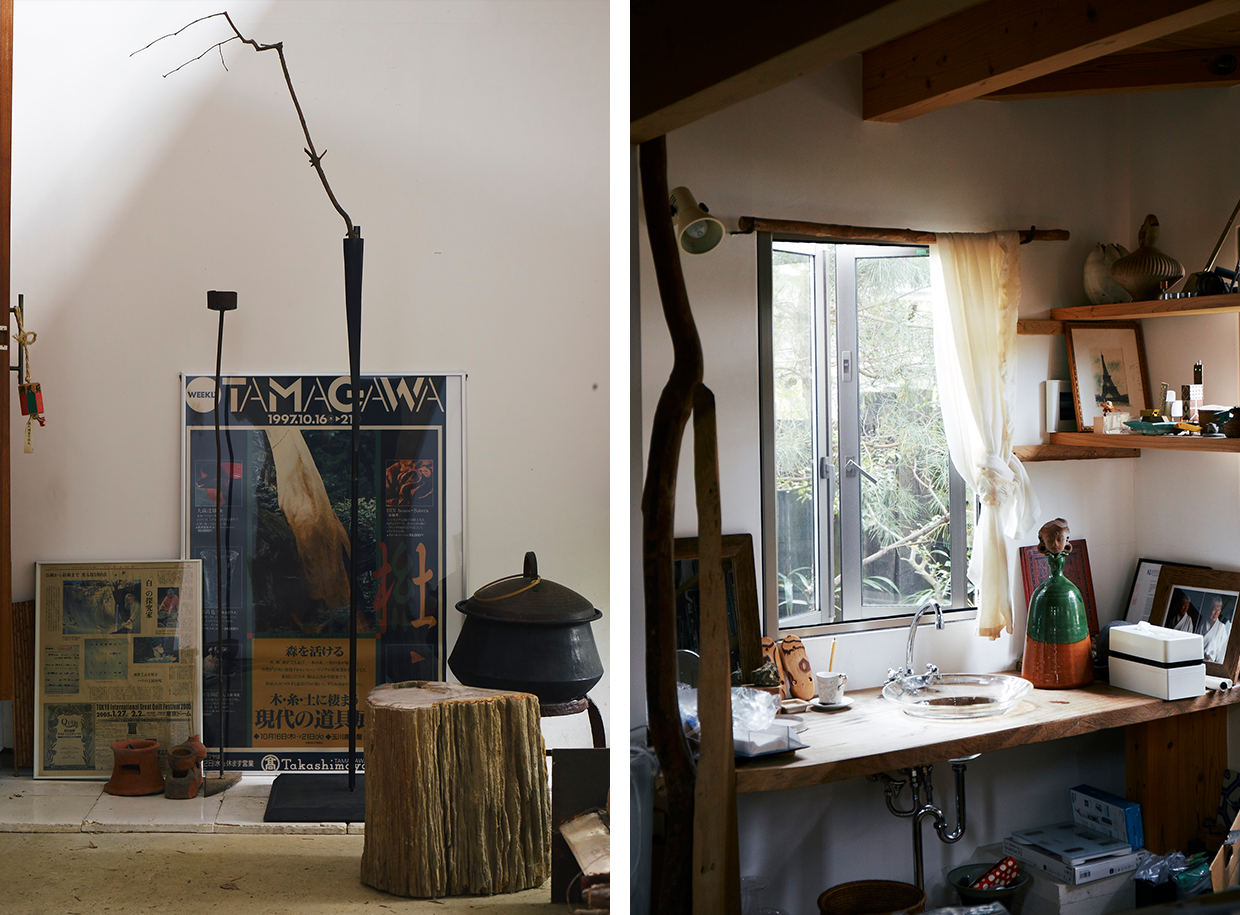CULTURAL SERVINGS:
EPHEMERAL ECHOES
EDWARDIAN PURSE
SCRIMSHAW AND LOVE TOKENS
PILCHARDS AND TROYL
BELTS
LEATHER TANNING
BEER TIME
BEER MATS
LUNCH BOX
SLOW MOVEMENT
SUMMER HEAT
NATURAL DYES
FRAKTUR ART
THE CRIES OF LONDON
SHAKER FURNITURE
BAUHAUS BRUTALISM
BAUHAUS INTERIOR
BAUHAUS SPIRIT
BAUHAUS HISTORY
ROMANTICISM AND REVIVAL
HISTORY OF THE MUSEUM
CABINETS OF CURIOSITY
NATURAL DYES





THE PROCESS OF NATURAL DYES
The process of textile dyeing has been found to date back to the Neolithic period; before there were chemicals and colourants, people dyed their fabrics using natural ingredients, like fruits and flowers. In the modern day, chemical dyes dominate the industry, as they are much less expensive and time-consuming than historic natural methods. However, there has recently been a resurgence of interest in natural dyes as people become more conscious of their environmental footprint. The entire process is therapeutic: from searching for your dye materials in fields, orchards and forests; to boiling everything down into a thick pigment; to the actual fabric-dyeing process.
Skins, stalks, and husks create a much deeper colour than the edible parts of the plant. It is important to remember that food has a much higher water content than commercially dried dye products, so it requires a large volume of dye to achieve bright colours. This is why historically brighter clothes were indicative of wealth and social status, having to be dyed over and over again, to achieve a vibrant hue, so citing far more than duller dyed items. Natural dyes can occasionally fade when exposed to sunlight, which can work in ones favour, and help to produce gorgeous, bleached tones. Or, you can avoid this by including a mordant in your mixture.
Mordants, their name derived from the Latin ‘to bite’, are metal salts that bind natural dyes and natural fibres together. There are many in existence, but the most common is iron. Tannin is also a mordant, made from wood which is what we use when vegetable-tanning our leather.
There are hundreds of artisans and craft lovers alike experimenting with dye materials, all creating varied and beautiful colours. Some dye using rusting metals they have found, others boil up herbs and spices from their kitchen such as turmeric or tea. Following the natural dye lifestyle is a great way to expose yourself to new sustainable creativities.
A 76-Year-Old Japanese Quilt Artist who works with natural dyes is Yoshiko Jinzenji, who invented bamboo dyeing. Her inspiration comes from her daily life, “Various trees and stones in nature can be used as dyes to achieve different colours.” What is more, she created her famous white bamboo dye by accident. Many questioned “If the cloth itself is white. Is this white really from bamboo dyeing?” Those who recognise this dye colour for what it is, will see elegance and gain strength from this cloth, as the bamboo dyes the fabric a gorgeous glowing white. Since this discovery, Jinzenji has often asked to dye fabrics for runway shows.
Another creative, Imperial graduate Nicole Stjernswärd has invented Kaiku, a system that turns plants into powdered paint pigments using vaporisation technology. The Kaiku produces a fine mist which is hot enough that it vaporises almost instantly, and the dry particles are pulled through the chamber and into the collection reservoir to create a powder dye. Stjernswärd designed this magnificent device to offer a natural alternative to colourants that are often toxic. By using natural dyes and paints, products become recyclable and thus more in touch with our planet and its needs.
Popular foods used to dye are onion skin, avocado skin, and pomegranate skin, but the realm of possibilities is endless. In Japan the leaves of tedia indigo are used to create Japan Blue, a renowned indigo dye. This dye is incredibly rare and has to be boiled down for two weeks after the fermentation process, before it is ready to use. This process of dyeing, called Aizome, has a long history in Japan dating back to the Edo period when it was widely loved by the working class who used it for everything from farm clothes or work clothes to sleeping garments and swaddling clothes. It is also said to repel snakes and insects, have deodorizing properties, and be a natural disinfectant.
REFERENCES
https://eco-age.com/news/what-to-forage-guide
https://tokyoteshigoto.tokyo/en/studio/muratasenko/
https://en.wikipedia.org/wiki/Natural_dye
https://www.reddit.com/r/crafts/comments/d0nxlj/natural_plant_dye/
https://www.paperslurry.com/2015/11/25/from-your-kitchen-to-your-studio-at-home-botanical-dyes/
https://takarajimasenkou.com/en/the_natural_dyes_we_use
https://blog.theapollobox.com/2019/10/16/yoshiko-jinzenji-76-year-old-japanese-quilt-artist-built-her-own-4300-square-feet-kitchen-house/
https://hypebeast.com/2018/4/visvim-dissertation-bamboo-dye-yoshiko-jenzenji